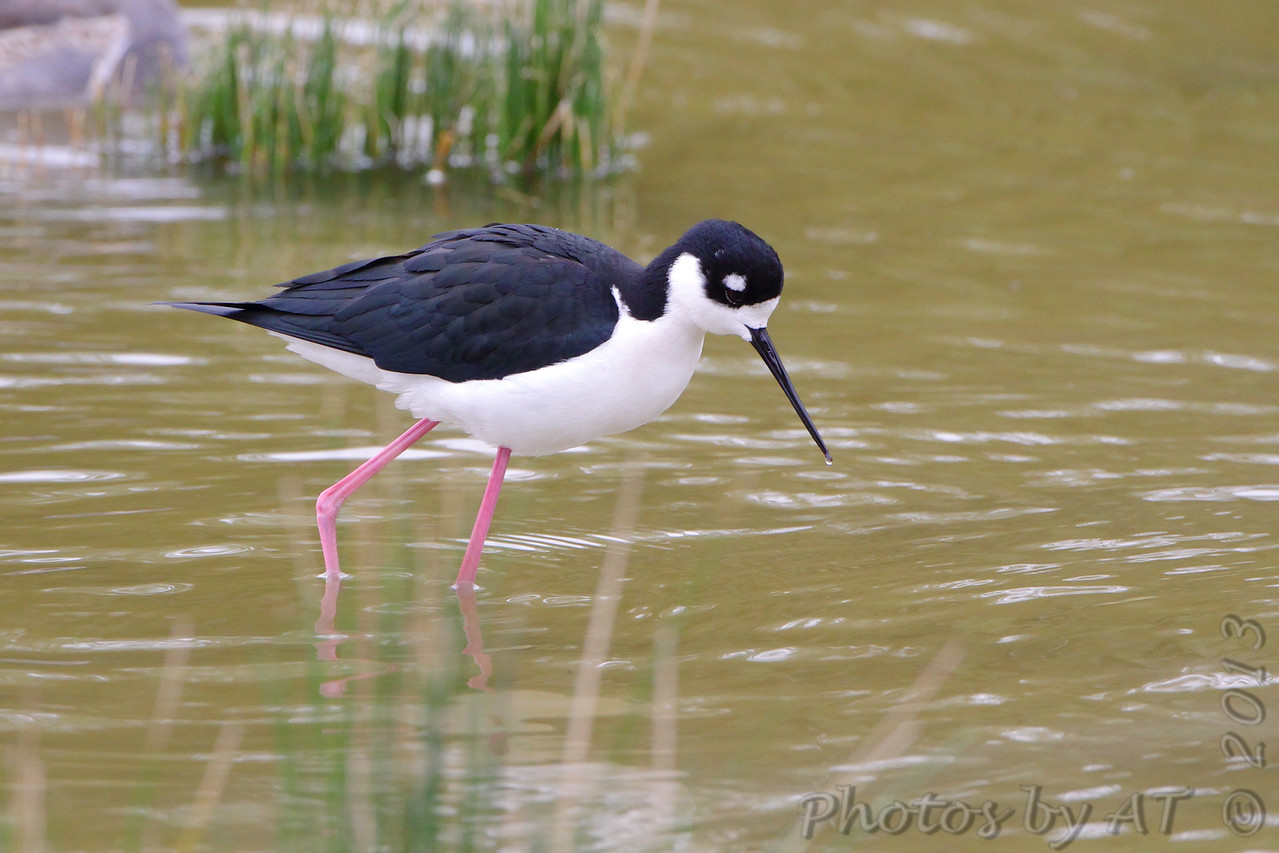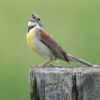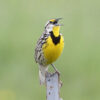Black-necked Stilt, Himantopus mexicanus
Bill Rowe
Shorebirds are a diverse and fascinating group, but many are somewhat obscure, hard to spot and hard to tell apart as they chase around on mudflats. Not so the Black-necked Stilt: it stands out at a quarter of a mile. You won’t find one in your yard or around your neighborhood (unless you happen to live near a marsh), but you stand a good chance if you keep visiting wetland areas in the warm season. Besides its striking appearance, the stilt seems to have an excitable nature and will keep up an endless string of loud “yips” if it is bothered by your presence, especially in nesting areas. These areas would include rice fields in the Missouri Bootheel, where it has become common, or shallow natural wetlands or floodwaters elsewhere in the state, where it nests on an occasional basis (see Status). Our stilt has very similar relatives on the other continents—except Antarctica—and on some major islands; authorities have never yet agreed on which ones are full species in their own right and which are just subspecies of another, like the Hawaiian Stilt (currently a subspecies of Black-necked).
IDENTIFICATION: There is nothing else like it in North America: a tall black-and-white shorebird with an ultra-thin bill and improbably long red legs.
ST. LOUIS STATUS: Once limited to coastal areas and inland western marshes, the Black-necked Stilt has undergone a remarkable northward expansion into Missouri, including up the Mississippi to St. Louis and beyond. Over the last thirty years, it has gone from being a rare bird to a fairly regular one, and it has even nested and raised young at places like Columbia Bottom and B.K. Leach Conservation Areas. It’s here roughly April to September and then retreats south again. No one spot is guaranteed to have them, but you will see one sooner or later if you keep looking.
Learn more and listen to the calls of Black-necked Stilts here.




